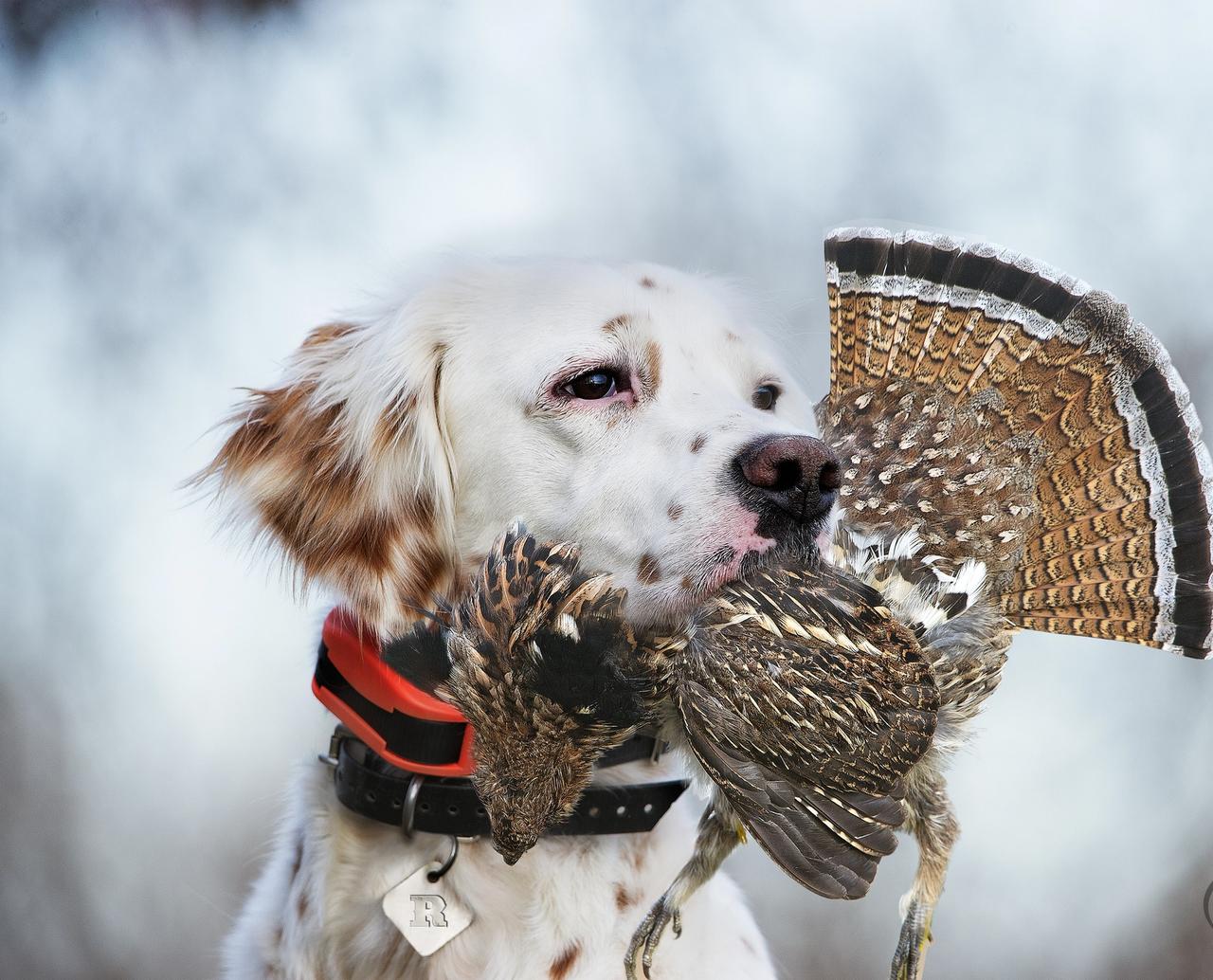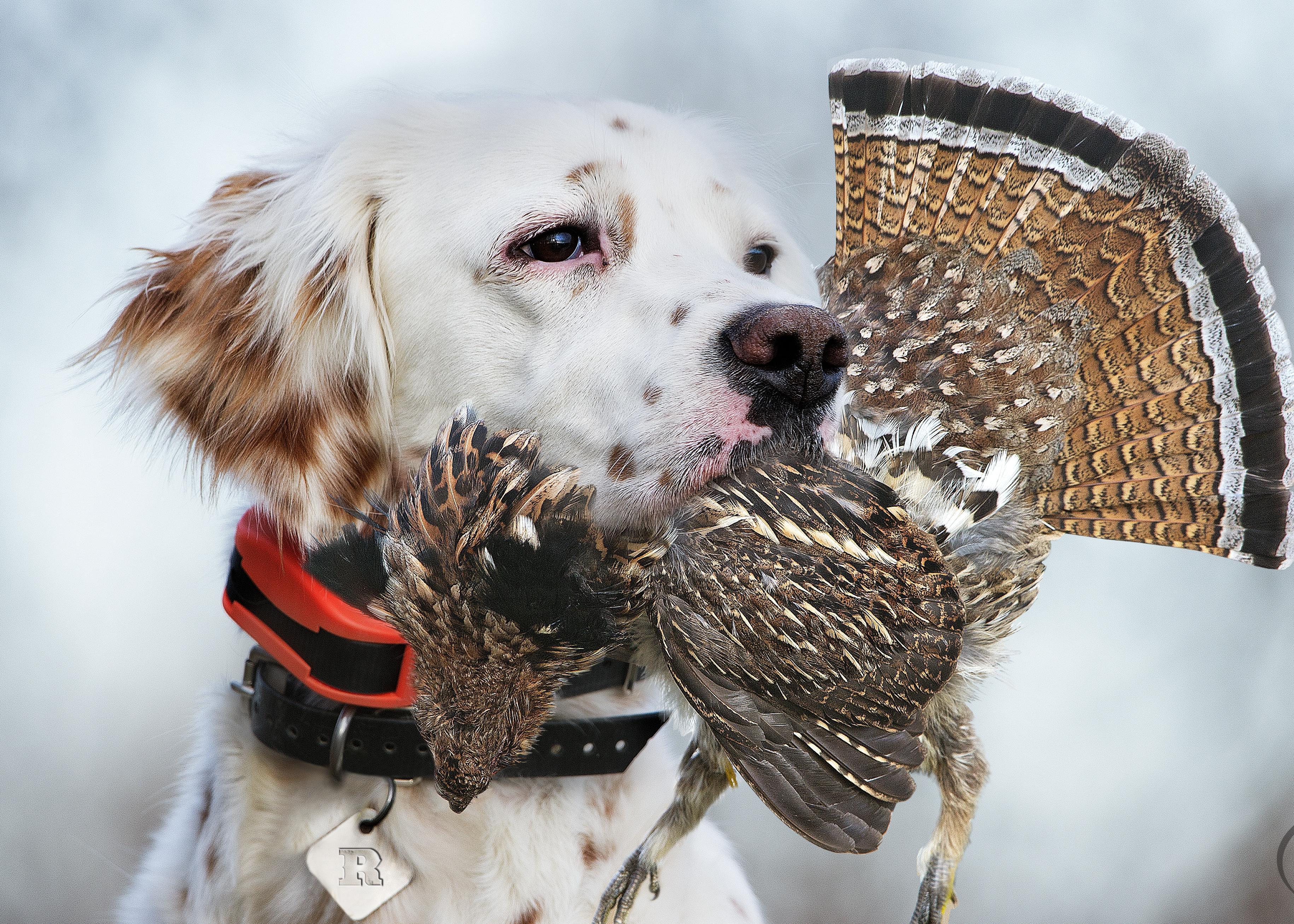
Making a Difference for the Grouse Population in North Dakota
Posted by The SportDOG StaffSusan Felege and her partners with the University of North Dakota received a SportDOG Brand Conservation Fund Grant in 2012 for their work in investigating the Nesting Ecology-Response to Gas and Oil Development in Western North Dakota. A year into the project, the team has learned a lot about nesting success and predation of the grouse. Below is Susan's update on the project to date:
We have concluded the first year of a collaborative project with North Dakota Game and Fish to study sharp-tailed grouse nesting ecology and nest predators in western North Dakota inside and outside of gas and oil development. With help from the SportDOG Brand® Conservation Grant, we started collecting data to determine if grouse nesting ecology and nest predation are impacted by energy development and if so, how? We used miniature surveillance cameras to monitor grouse nests 24 hours a day, identify their behaviors at the nest, as well as accurately identify predators responsible for predation events. A secondary objective was to determine how potential mammalian predators of grouse and their nests were using the landscape and compare these observations to the predators we found depredating grouse nests. To do this, we deployed trail cameras with scent lures across the study sites, allowing us to determine what potential nest predators exist in the areas where we are monitoring grouse nests. It is our hope to determine what effects gas and oil development has on the predators and what that may mean for grouse.
Nest Monitoring
In April, we trapped grouse at lek locations (i.e., dancing grounds) within three study areas in western North Dakota and marked hens with radio-transmitters. We used the radio-marked hens to locate nests. Once we identified a nesting hen, we installed a nest camera concealed in surrounding vegetation. All video recordings were downloaded and reviewed for hen behavior and to identify nest predators in the event of nest failure. During the 2012 breeding season, we monitored 120 grouse nests. At least one chick hatched at 58 of the 120 nests. From the camera-monitored nests, we collected approximately 30,000 hours of video. The most common nest predators during the 2012 breeding season were striped skunks, American badgers, and raccoons.
Predator Use
We conducted predator surveys from May until early July. We selected random points along travel corridors such as habitat edges and installed trail cameras at these locations. We had three primary sampling periods, each two weeks in length. We monitored predators for a total of 1,209 trap nights across our three study sites during the 2012 field season. Coyotes were the most commonly observed predator species across all sites. Preliminary results also suggest the majority of predator sightings have been within the Blaisdell study area, which is considered an area with minimal gas and oil development.
It is important to note that these are only preliminary results of one year of data on this project, and that the findings of the much larger two-year study will provide important information about impacts of gas and oil on sharp-tailed grouse nesting ecology and predator interactions.
We would like to thank SportDOG for financial support with this project. The funds contributed helped us purchase camera equipment which is pivotal in studying the nesting ecology and predators of grouse, as well as supported logistics of the data collection. Furthermore, the grant’s financial support has contributed to a larger project which has provided a University of North Dakota graduate student project and experiential learning opportunities for five undergraduate students in field data collection and video analysis portions of this project. We would be unable to conduct such work without generous contributions from organization such as SportDOG Brand.
Related Articles

Early Season Grouse Hunting
by Aaron Robinson
The 2010 hunting season is just around the corner, and in many states the Sharp-tailed grouse and Partridge season are the first to kick off. This is where our summer dog training and conditioning finally materializes, or so we hope. Dogs at this time are usually accustomed to liberated birds...

TEK 2.0 Improves Grouse Hunting Success
by The SportDOG Staff
The TEK 2.0 from SportDOG Brand® has turned out to be a real difference-maker in my grouse and woodcock guiding in northern Minnesota. I admit I wasn’t always a fan of using a tracking product, because to me it sounded like one more piece of equipment I’d have to maintain....
